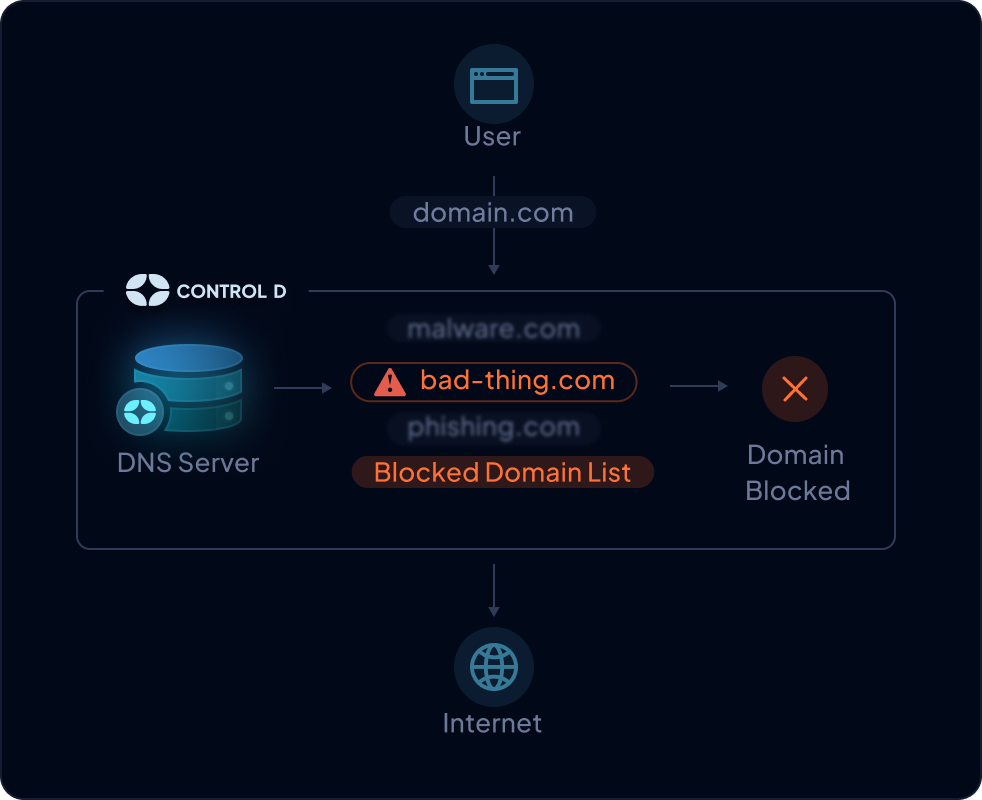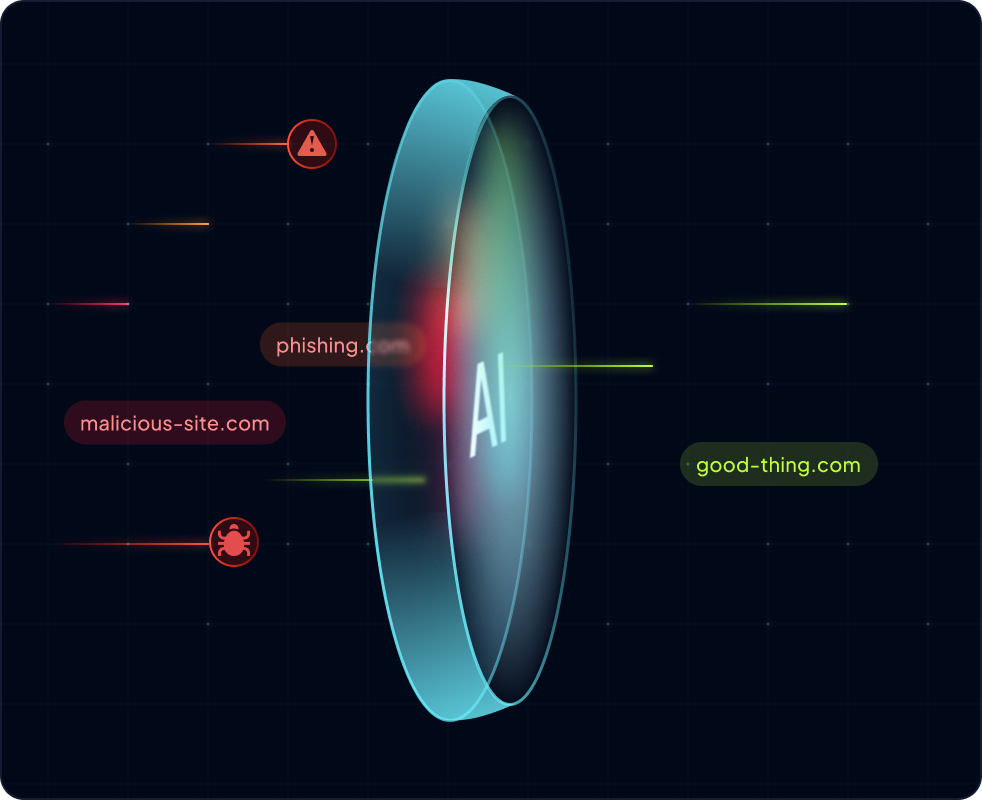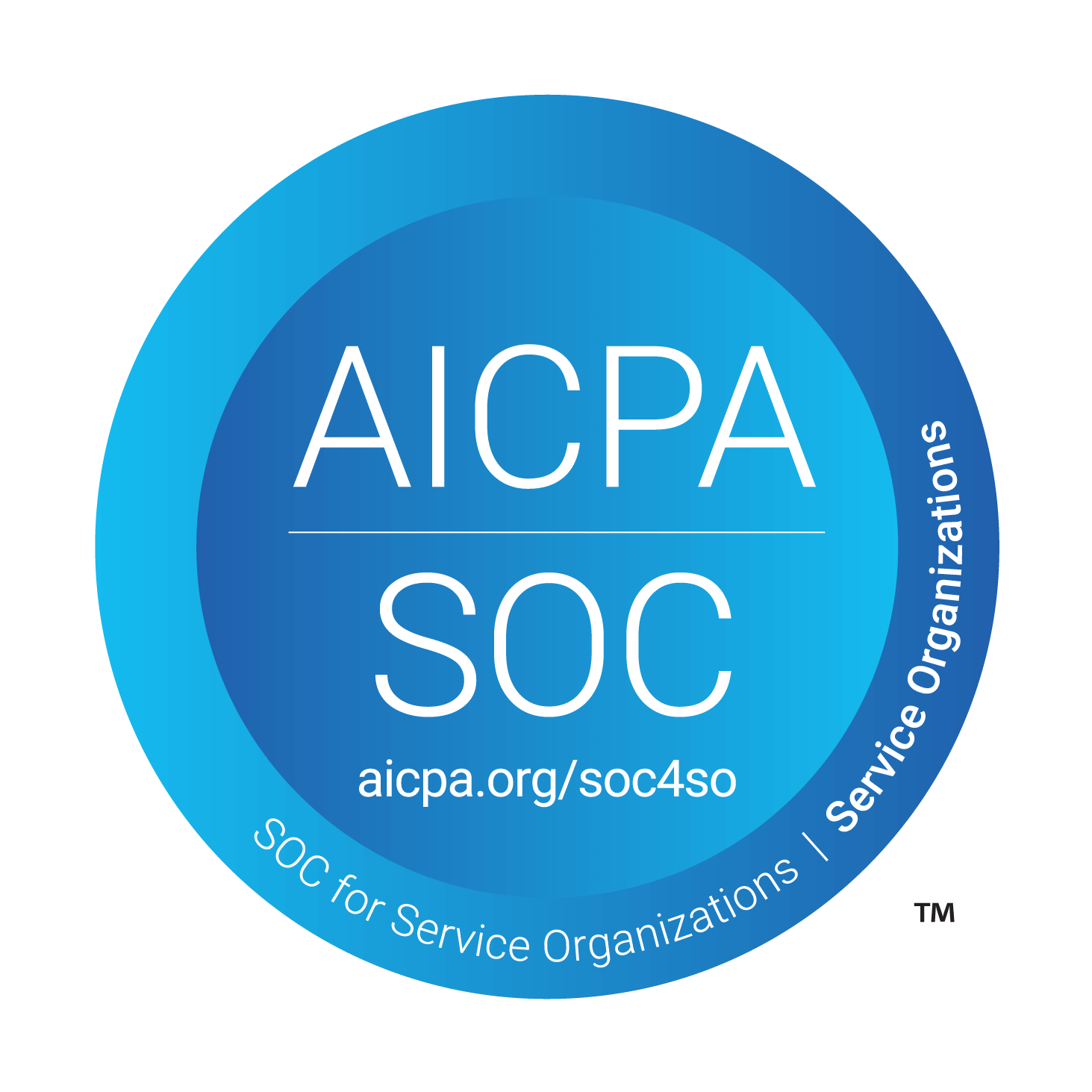Malware Identification and Blocking Platform
Keep your business focused on what matters



Data Net Solutions Group

Network Information Technologies, LLC

Pinnacle ICT
Frequently asked questions
Not at all. Malware blocking is designed to operate quietly in the background, ensuring employees remain safe without any noticeable impact on browsing speed or experience.
Malware blocking tools prevent access to malicious sites and harmful content without interfering with legitimate browsing. If an unsafe website is detected, employees are simply redirected away, ensuring their devices and data stay secure without causing frustration.
Modern malware protection is optimized to scan traffic efficiently, meaning that browsing speeds are virtually unaffected. Employees can continue working without noticing any slowdowns, even as threats are neutralized in real-time.
What’s more, tools like Control D are designed to minimize false positives, so legitimate websites and downloads are rarely blocked. If a file is flagged, it's usually because it's genuinely risky, protecting the business from potential threats.
If an employee attempts to visit a site flagged for distributing malware, they'll receive a warning message informing them that the site has been blocked to protect your business.
This keeps security transparent and easy to navigate without adding complexity to their workday.
While malware blocking is an essential line of defense, it's best used in combination with other security measures such as antivirus software, a secure firewall, and safe browsing habits.
For example, malware blocking tools do not fully protect against phishing or social engineering attacks, which trick users into giving up sensitive information like passwords or financial data. Email filters, anti-phishing solutions, and employee training on recognizing phishing attempts are essential to complement malware blocking.
Business devices are also vulnerable to attacks that exploit weaknesses in operating systems, applications, or outdated software. Regular patch management, system updates, and vulnerability scanning are critical steps in preventing these types of attacks.
In the event of a security breach or malware attack, data encryption and regular backups ensure that sensitive business data remains protected and can be restored quickly. Malware blocking alone cannot prevent data breaches or ransomware attacks, but encryption and backup systems can mitigate the damage.
